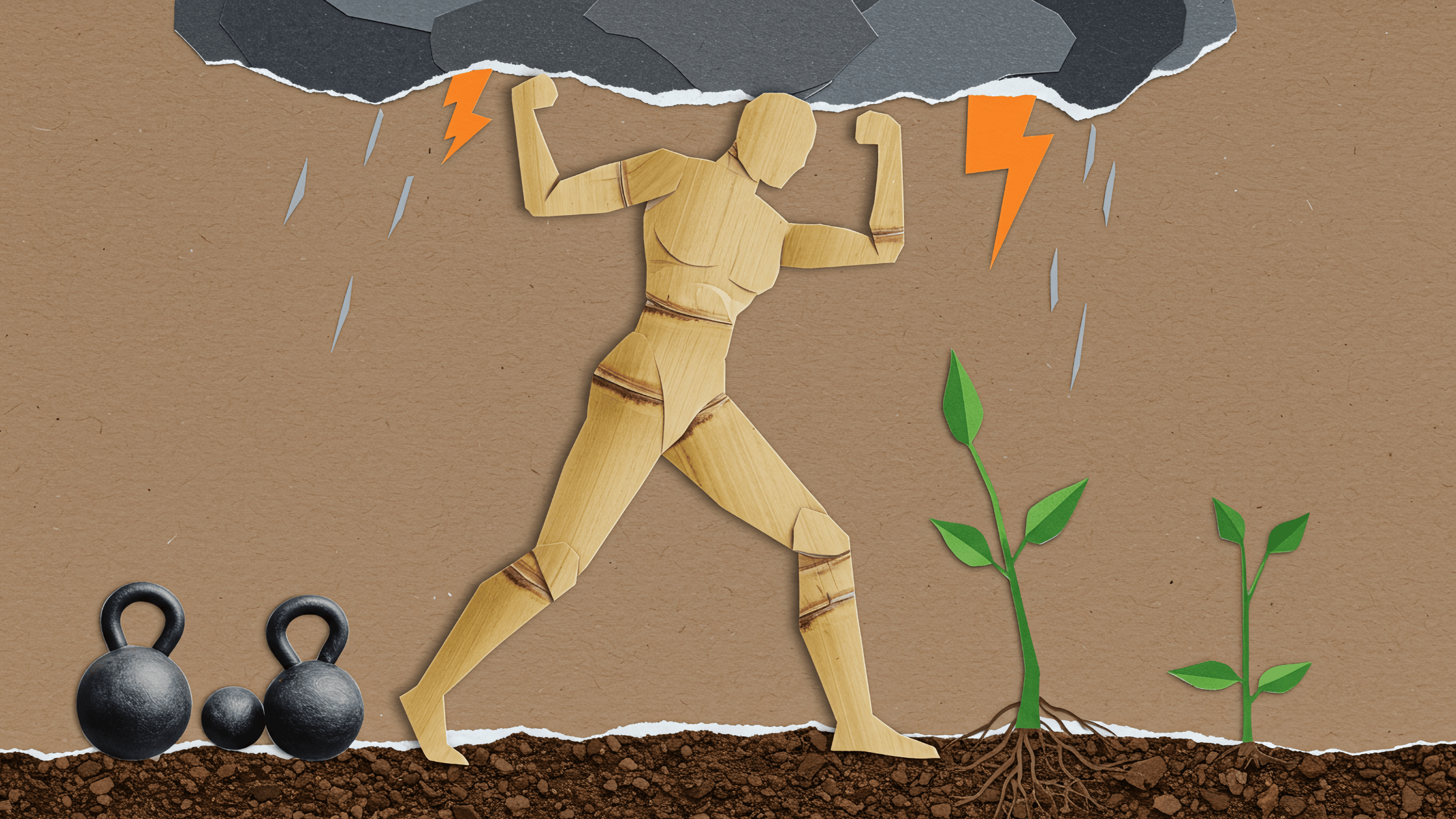The Manager Multiplier: Why Fixing Leaders Is the Fastest Way to Lift Productivity

When productivity falls, most organisations look to process changes, technology upgrades, or cost-cutting as the solution. While these levers matter, they often miss the biggest performance driver hiding in plain sight: managers.
Gallup’s State of the Global Workplace 2025 shows global employee engagement has slipped from 23% to 21%. That might look like a small dip, but when applied across entire workforces, it represents millions of disengaged employees and billions of dollars in lost output. More importantly, the steepest decline wasn’t among frontline staff; it was among managers, whose engagement fell from 30% to 27%.
This matters because managers set the tone, shape culture, and directly influence whether teams thrive or flounder. As Culture Amp’s research shows, employees reporting to high-performing leaders are 4.5 times more likely to be high performers themselves. In other words, managers act as multipliers, their effectiveness compounds across entire teams.
The message is clear: if Australian organisations want to reverse declining productivity, the fastest and highest-leverage move is to fix their managers.
Why Managers Matter More Than Systems
Technology, policies, and workflows all play a role in shaping performance, but none come close to the influence of managers. Studies repeatedly confirm that up to 70% of the variance in employee engagement is attributable to managers.
Why? Because employees experience their organisation through their immediate leader. A great strategy, generous benefits, or inspiring vision won’t matter if day-to-day management is inconsistent, unclear, or unsafe. Employees don’t quit companies; they quit managers.
Here’s how the multiplier effect plays out:
- A manager who provides weekly, quality feedback lifts performance far more than an annual review ever could.
- A manager who builds psychological safety encourages team members to raise risks early, preventing costly mistakes.
- A manager who aligns roles with strengths ensures employees are energised and productive, not disengaged and misallocated.
Each of these actions cascades across the team, amplifying or undermining output. Poor management scales dysfunction. Great management scales performance.
The Cost of Managerial Disengagement
When managers disengage, the damage multiplies. Gallup estimates the cost of lost productivity due to disengagement at USD $438 billion globally each year. For Australia, where labour productivity is already falling by 1% despite record hours worked, this is an additional anchor pulling down performance.
Manager disengagement manifests in several ways:
- Inconsistent feedback: Employees receive little guidance, leaving them unclear about priorities.
- Erosion of trust: Without psychological safety, teams withhold ideas, hide mistakes, and avoid collaboration.
- Reactive firefighting: Instead of proactive coaching, managers are constantly chasing problems after they arise.
- Higher turnover: Poor management is one of the leading reasons employees leave, perpetuating the churn-productivity cycle.
The Productivity Commission has already flagged that businesses are “buying growth with hours” instead of efficiency. If managers are disengaged on top of this, the result is toxic: long hours, low morale, and declining effectiveness.
Psychological Safety: The Prerequisite for Performance
One of the most overlooked roles of managers is creating psychological safety. Coined by Harvard professor Amy Edmondson, psychological safety describes an environment where employees feel safe to speak up, make mistakes, and share ideas without fear of embarrassment or punishment.
Culture Amp’s research highlights its impact: employees under high-performing leaders are 4.5 times more likely to be high performers. Why? Because psychological safety unlocks discretionary effort. Employees stop holding back and start contributing fully.
In contrast, unsafe environments silence people. When employees don’t feel safe, they hide problems, avoid risks, and disengage. Innovation stalls. Errors multiply. Productivity declines.
This is why psychological safety should be seen as a baseline, not a bonus. Managers who don’t invest in it undermine every other investment an organisation makes in systems, strategy, or technology.
Practical Steps to Build Manager Capability
Fixing managers isn’t about adding another leadership course to the calendar. It’s about embedding evidence-based practices into day-to-day management. Here are five practical steps organisations can implement within 90 days:
- Weekly quality feedback: Replace annual reviews with consistent, constructive check-ins. Employees crave clarity and recognition. Managers who deliver both weekly see measurable lifts in performance and engagement.
- Peer feedback as standard practice: Encourage managers to make peer-to-peer feedback routine. This spreads responsibility for growth across the team and creates a culture of openness and accountability.
- Reset team norms: Managers should lead conversations around “how we work together”, defining meeting etiquette, communication preferences, and conflict resolution. These rituals build psychological safety and reduce friction.
- Monthly skills and roles review: Instead of waiting for annual workforce planning, managers should check alignment monthly. Are team members’ skills being used effectively? Are roles evolving with business needs? Small course corrections prevent major misfits.
- Manager coaching and measurement: Invest in tools that help managers measure team engagement and psychological safety. Then coach them on how to close the gaps. This creates a cycle of improvement that compounds over time.
Each of these steps is simple, evidence-backed, and immediately actionable. Together, they transform managers from bottlenecks into multipliers.
The Manager Multiplier in Action
Consider two teams of 10 employees each. One has a disengaged manager who avoids conflict, rarely provides feedback, and fails to shield the team from organisational chaos. The other has a high-performing manager who delivers clarity, fosters psychological safety, and develops strengths.
The difference in output between the two teams is not incremental; it’s exponential. Culture Amp’s data suggests the high-performing manager’s team could be 4.5 times more productive. Across an organisation of hundreds or thousands of employees, this multiplier effect defines whether productivity grows or collapses.
This is why leadership investment is not a cost but a growth driver. Systems and processes can only take organisations so far. People, led well, take them further.
Managers as the Frontline of Productivity
Australia’s productivity crisis cannot be solved by simply adding hours or headcount. The evidence is clear: disengaged managers drag down performance, while high-performing managers multiply it.
For organisations facing rising turnover, stagnant output, and employee fatigue, the most effective lever is also the simplest: fix your managers. Equip them to provide feedback, create psychological safety, and align roles with strengths. Do this, and the gains will ripple across teams, divisions, and the entire organisation.
At GRACEX, we partner with leaders to make this shift through our Resilience OS practical tools to measure engagement, coach managers, and embed resilience into culture. If you want to know whether your managers are multiplying or draining productivity, book a call with GRACEX now.







.png)






.png)
.png)
.png)
.png)

.png)
.png)
.png)
.png)
.png)